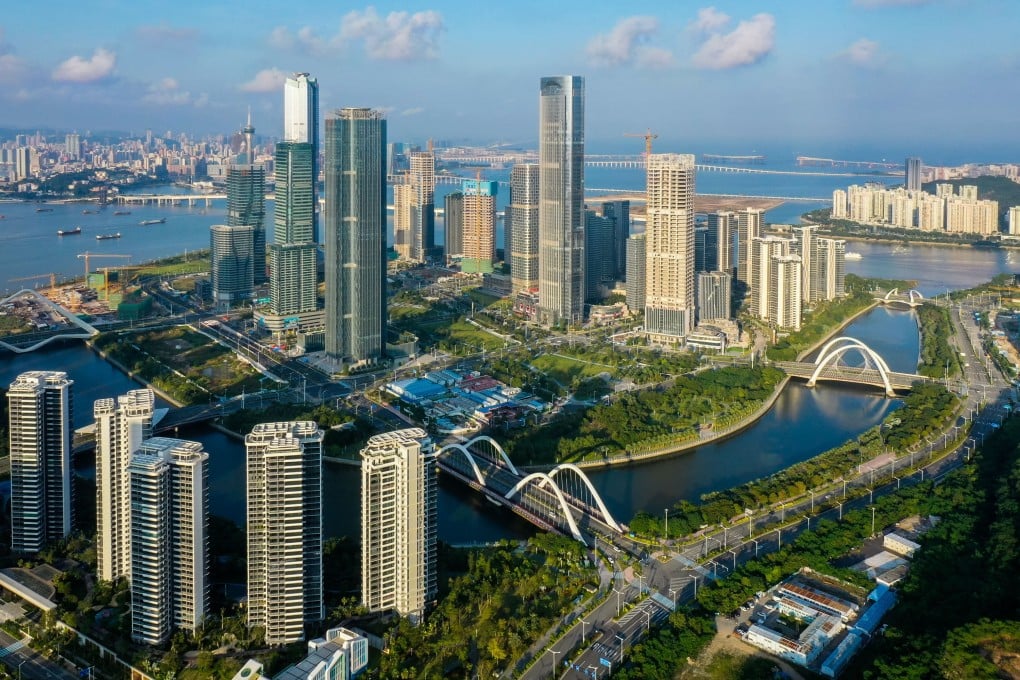GBA: building one of the world’s most dynamic growth engines
- Viewed as a single economic entity, the region’s total GDP in 2023 exceeded HK$14.4 trillion, surpassing that of South Korea and Australia, and on par with Italy.
- By Chen Xiani, Zhuo Yingzi, Wang Fengping, Liu Jiahui, Peng Jingzhi, Cai Jingying, Wu Xuanrou and Wang Yongxing

[The content of this article has been produced by our advertising partner.]
The Guangdong-Hong Kong-Macau Greater Bay Area (GBA) comprises the two Special Administrative Regions of Hong Kong and Macau, as well as the nine municipalities of Guangzhou, Shenzhen, Zhuhai, Foshan, Huizhou, Dongguan, Zhongshan, Jiangmen, and Zhaoqing in Guangdong province. Spanning around 56,000 sq km, it is home to a population of around 80 million.
The GBA’s construction holds great significance for the country’s implementation of innovation-driven development and steadfast commitment to reform and opening up. The objectives are to further deepen cooperation between Guangdong, Hong Kong and Macau, fully leverage the comprehensive advantages of the three regions, facilitate in-depth integration within the GBA and promote coordinated regional economic development, with a view to developing an international first-class bay area ideal for living, working and travelling.
By the end of 2023, the total GDP of the GBA had exceeded HK$14.4 trillion, solidifying its position as the most promising growth engine in the world. With less than 0.6 per cent of the country’s total area, the GBA generated about 12 per cent of China’s GDP. On a global scale, if the GBA is viewed as a single economic entity, its GDP not only surpasses that of South Korea and Australia but also constantly keeps up with that of Italy.
The GBA boasts a complete upstream and downstream industrial chain, with eight industrial clusters valued at over one trillion yuan, and a further 10 worth over 100 billion yuan. Since 2019, the GBA has transformed from a world factory into a global innovation hub, and shifted its focus from manufacturing to cutting-edge R&D, and from labour-intensive products to hi-tech and modern service industries, showcasing the region’s economic vitality and promising development prospects.
With the accelerated integration of the GBA, the “one-hour living circle” has been realised through a convenient road network and highly efficient customs measures, which have greatly facilitated the work and life of Hong Kong and Macau residents.
In recent years, China has issued a series of supporting policies and initiatives on major cooperation platforms in the GBA, such as Hengqin, Qianhai, Nansha and Hetao. In terms of strategic position, these four platforms have distinctive focuses and distinct features. Hengqin focuses on promoting the moderately diversified economic development of Macau, and Qianhai centres on the modern service sector – a prominent industry in Hong Kong. Nansha focuses on two key points: “comprehensive cooperation between Guangdong, Hong Kong and Macau” and a “global perspective”, while Hetao centres on promoting international scientific and technological innovation, together with Hong Kong.
